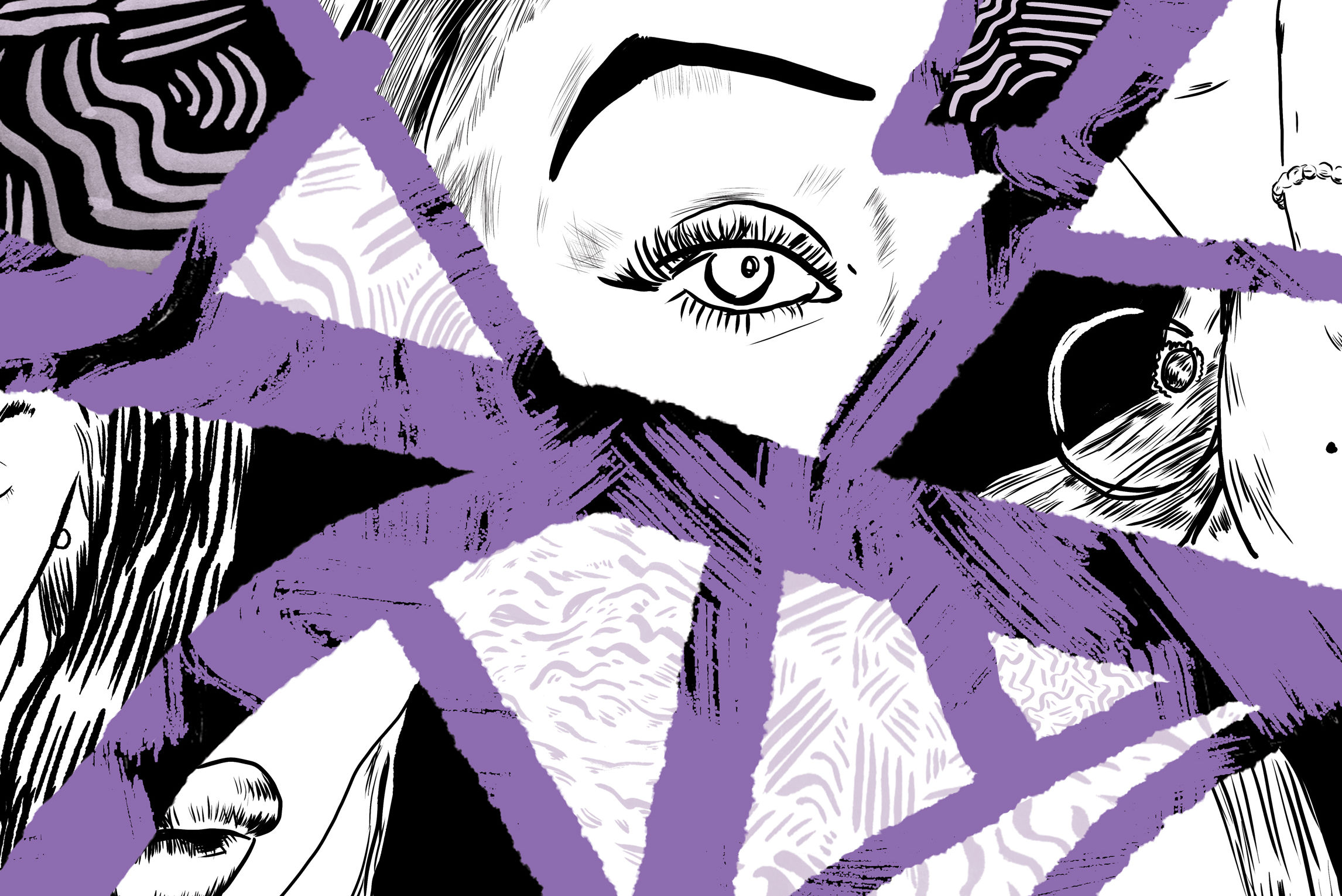
Who Is Committing Violence Against Trans Women?
“I was hoping we’d get through these last weeks of 2019 without any more murders,” journalist Monica Roberts wrote last December on her blog, TransGriot. “Unfortunately that will not be the case.... Her name is Yahira Nesby.”
Since 2012, Roberts has tracked the stories of people killed by transphobia-related violence; she is now a preeminent source on the subject, cited by national outlets like NBC News and MSNBC. TransGriot’s annual list of trans deaths typically includes more than 20 victims, mostly Black trans women. (Nesby was the 24th trans woman and 22nd Black trans woman murdered in the United States in 2019.) But who is killing these women, and why?
“I think a lot of cis people assume it’s random hate crimes, like roving bands of Nazis running around murdering people,” says Paige Kreisman, a political organizer who came in second in the May Democratic primary for state rep in her Southeast Portland district. (Kreisman, like every other woman in this article, is trans.) “But statistically speaking, the most common perpetrators of violence against trans women are domestic partners.”
It’s true that strangers sometimes kill trans women; in February, for example, a Puerto Rican woman named Alexa Negrón Luciano was murdered after using the women’s restroom at a fast food restaurant. But advocates estimate half of all trans killings are carried out by partners or dates.
Last December, 17-year-old Nikki Kuhnhausen was found dead in Vancouver, Washington, after meeting up with a man for a sexual encounter in June. The 25-year-old arrested for Kuhnhausen’s death “became enraged at the realization he had engaged in sexual contact” with a trans girl, per the police detective’s report, and allegedly strangled Kuhnhausen.
This scenario—assaulting a romantic or sexual partner after learning they are trans—is a recognized legal defense strategy, known as “trans panic defense.” Of course, trans women are not under any obligation, legal or otherwise, to disclose their assigned gender at birth to their sexual partners. But beyond that, assailants are often aware their partner is trans; claiming “trans panic” can be a way for them to avoid admitting they were knowingly attracted to a trans woman.
“Most of the trans women I know who’ve been murdered by men are murdered by men they were dating who knew they were trans,” Portland activist Alyssa Pariah shared at a 2019 speaking event at Portland State University. “You’re dealing with secondhand transphobia—maybe someone in [his] life found out that the woman that [he’s] seeing and loving is trans, and it makes [him] nervous. And they’re killing our friends and family.”
Calling the police in the face of such violence is not a safe option for many trans people. Per the same NCTE survey, visibly trans people experience high levels of verbal harassment (20 percent) and physical or sexual attacks (6 percent) when interacting with police officers.Earlier this year, Washington became just the 10th state in the nation to outlaw the use of gay and trans panic defenses for homicide. In Oregon, meanwhile, trans panic defense is still legally admissible. And Kuhnhausen’s case, while extreme, is far from isolated; in a 2015 survey of trans people by the National Center for Transgender Equality, more than half of all respondents reported experiencing intimate partner violence in their lifetimes.
The United States prison system is yet another source of violence for trans people—particularly Black trans people, who have a nearly 50–50 chance of being incarcerated at some point in their lifetimes. “It’s a lot of survival-based crimes, such as sex work, panhandling/soliciting, squatting, low-level theft, or drug sales, because there are a lot of intersecting systems of oppression that put trans people in vulnerable situations,” explains Kreisman. “Three out of 10 trans people have been houseless in our lifetimes, and houseless people are subject to much more police harassment and targeting, so that leads to high rates of incarceration.”
In Oregon, 96 percent of incarcerated trans women are housed in men’s jails and prisons. Once imprisoned, trans people experience staggeringly high levels of physical assault, and are up to five times more likely than their cis peers to be sexually assaulted by staff and nine times more by fellow inmates. Activists like Pariah also draw attention to the stories of young trans women who have died while incarcerated. Since 2018, at least two female trans immigrants, Johana Medina Leon (25) and Roxana Hernandez (33), have died in ICE custody. And last year, 27-year-old Layleen Polanco died following an epileptic seizure while she was in solitary confinement after officers failed to complete routine checks and refrained from entering her cell despite her unresponsiveness and known medical history of epilepsy. She had been unable to post the $500 bail required to avoid jail time.
“Those are people who are just like me; they’re not different,” says Pariah, who was friends with Polanco. “And they’re dead, and I’m alive. So I’m feeling guilt about even still making it.”
Once trans women are released from prison, they have to contend with systemic violence and discrimination; accessing basic needs like safe housing, employment, and medical care is statistically more difficult for trans people than for their cis peers, and arrest records can make that struggle even harder. It all adds up to a community emergency for Kreisman, who entered politics with the hopes of addressing these systemic issues and others.
“There are real material manifestations of oppression that need to be dismantled,” she says, citing police violence, the prison industrial complex, for-profit private health care, and lack of shelter for houseless trans people as examples. “Putting your pronouns in your bio isn’t something that you need to expect a pat on the head for. We have a lot more important work to do that we need help with.”




